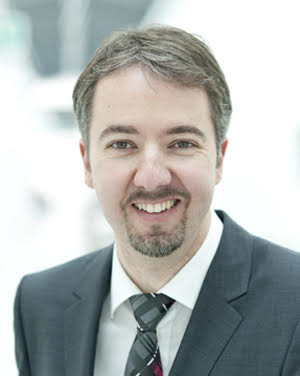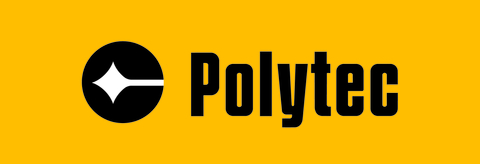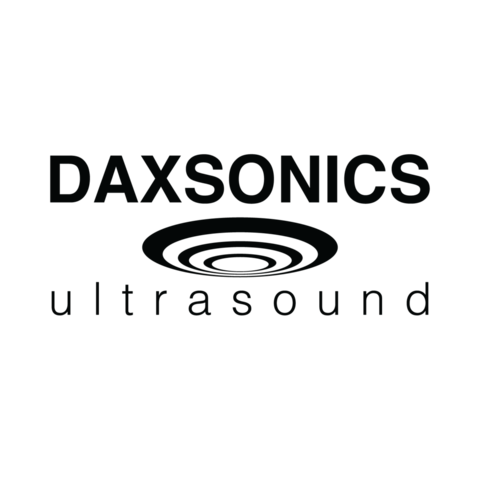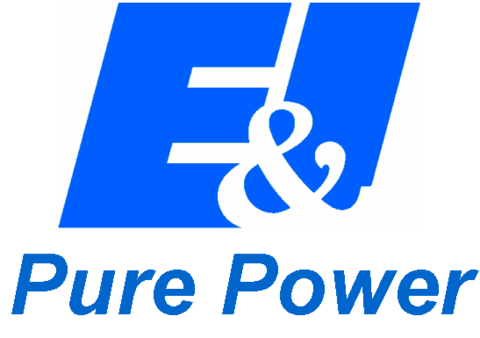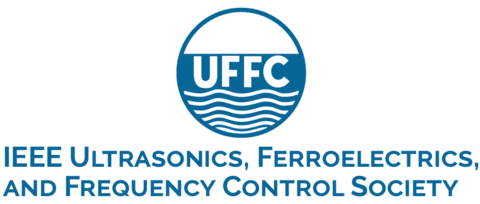Abstract
In air-coupled ultrasound applications, over distances in the meter range, frequencies ranging from 40 to 200 kHz are mostly used. This is due to the increasing damping at higher frequencies. The larger the distance to overcome, the larger the motivation to use frequencies close to 40 kHz, but also not lower than that in order to ensure enough safety margin to hearing capabilities of humans and animals. Similar as in medical imaging applications, only a phased array approach allows more sophisticated modalities in air-coupled applications as well. Examples are ultrasound imaging of entire rooms including human- and object detection, additional surround sensing functionality for vehicles and robots, various integral acoustic transit time measurement methods, or non-contact ultrasound via Lamb waves for non-destructive testing, to name a few. All these applications require efficient air-coupled transducers, combined in a grating-lobe reduced phased array configuration. The most prominent examples are piezoelectric actuated bending plate transducers for transmit and electrostatic transducers such as CMUTs or MEMS microphones for receive, since they all bring certain advantages at frequencies as low as 40 kHz. In order to realize such grating-lobe reduced arrays, several techniques are applicable and will be discussed for the aforementioned applications in this talk. Additive manufacturing, for example, simply allows separating the vibrating aperture from the acoustic aperture via tapered wave-guide channels, and, thus, an effective inter-element spacing reduced to a half wavelength can be achieved.


